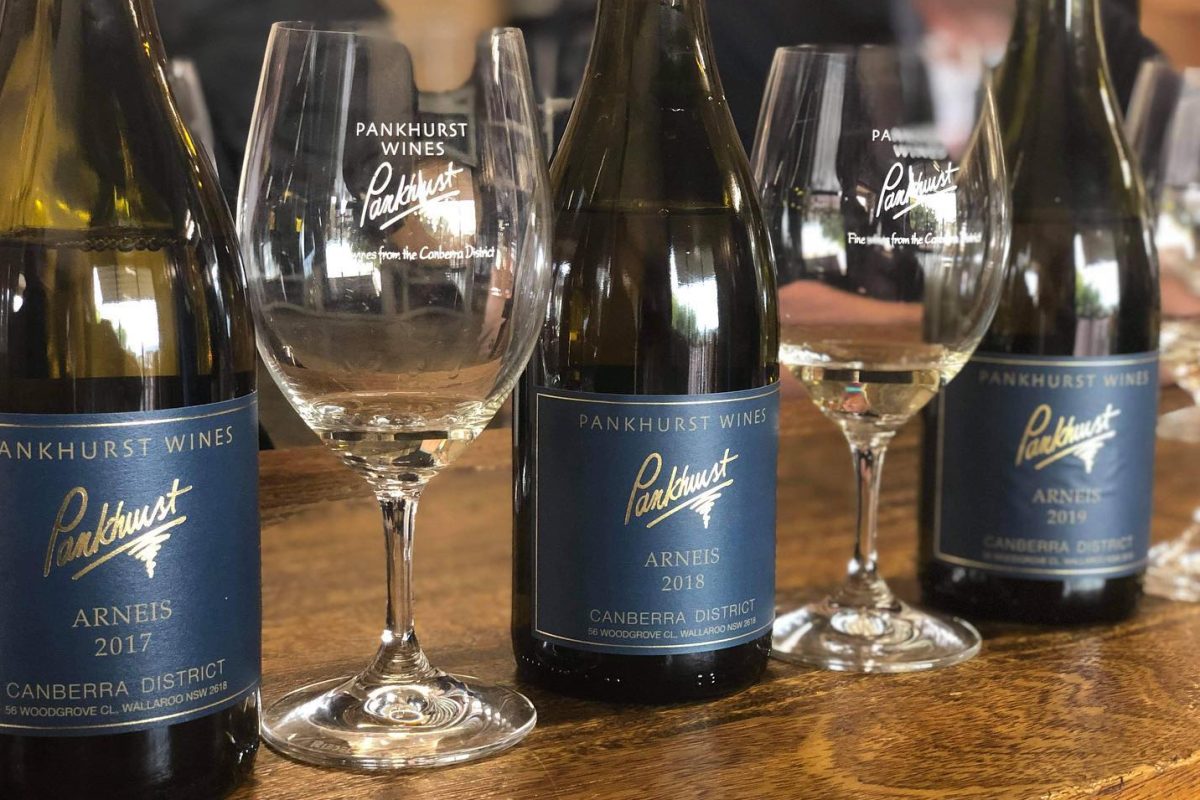“Yesterdays” columnist NICHOLE OVERALL takes us back to Queanbeyan’s ‘Black Friday’, when a bushfire threatened the city on January 25, 1952…

AT first light on Friday, the flames rear. After weeks where rain’s been little more than an unfulfilled promise, the surrounding bush, for which the area’s so known, is parched.

Grass crackles underfoot and the boughs of non-native trees, withered and crisp. As temperatures push beyond 40C, the danger approaches from the west, aggravated by a “strong nor-west gale”.
It’s January 25, 1952: recorded as Queanbeyan’s “Black Friday”, when the town was “nearly destroyed” by fire.
It’s a time of timber buildings as the norm, few sealed roads and a patchy water supply – despite a river through its heart.
With one blaze put down, another springs up on the eastern side of the watercourse, behind the main street itself.
The smoke intensifies, closing workplaces; kids are sent home from school, pets and livestock rounded up.
Local fire-fighting units are bolstered by business and home owners, personnel from down the road at HMAS Harman and Duntroon military cadets.
The nerve-centre of operations, the manual telephone exchange, fields “nearly 5000 urgent calls”.
Canberra isn’t exempt; conflagrations swelling along its verges, two of its most “exclusive suburbs” under threat.
Near Narrabundah Road, a young farmhand making for the dam is overcome. His body won’t be found for three weeks.
Over the ensuing days, back south-east of Queanbeyan, a fire roars along an eight-kilometre front. Yet another races towards the forest-encrusted hamlet of Captains Flat. More than 200 of the trained and untrained eventually quell the threat.
Four days on, it’s the turn of the similarly rural Burra.
Old-timers recall the event of eight years before; a wildfire taking hold at Woolcara Station, also in the direction of the Flat. An employee from nearby Carwoola, killed in an overturned fire truck.
Days after that, more than 500 Canberra citizens rally to deal with another fire that descends on them from the west.
As the summer of 1952 ends, it’s declared “the worst bushfire season most people could remember”.
Of course, it wasn’t the last.
In early 1979, the capital is beset by fires “influenced by abnormally high fuel levels”, admits the Department of Territories and Local Government.
Some had been lit by children; at least four the work of arson. Black Mountain and Tuggeranong Homestead are among the areas of heightened concern.
Similar conditions prevail at the beginning of the 1984-85 season, which turns out to be worse still.
Captains Flat is again one of the primary worries with some 13,000 surrounding hectares destroyed.
By early March of ’85 comes the addition of Canberra fire outbreaks, parting on two fronts – one towards Sutton, the other, south of Queanbeyan. A state of emergency is declared by the council areas ringing the ACT.
Huge swathes of the Majura and Kowen pine plantations are left smouldering; numerous properties and stock lost. The naval base of Harman is in the fire’s path as it heads to Googong Dam. A 650-hectare property there, “Wellsvale”, is destroyed.
Volunteer Malcolm Allen, of Burra, loses his life combating a fire near the dam.
The inherent natural dangers were long a known quantity, though attendance to it a haphazard affair. It had taken almost 60 years for Queanbeyan to have anything resembling a fire brigade – and only after a conspicuous major blaze, right in the middle of the borough, in 1885.
By 1892, they’d boast 37 volunteers, a tin shed for a station and two fire engines.
Following a 1903 outbreak in the area that would be given over for the national capital, the Limestone Plains Bushfire Brigade was established. The first of its kind in the wider district, it was largely geared to self-preservation: although boundaries were defined, whoever arrived first or had property the nearest, was in charge.
It was 1926 before they were really tested. In the same year, Queanbeyan’s “professional” firies faced their greatest challenge when the top floor of the Royal Hotel, of 1850, caught alight. Notwithstanding the fact a new fire station had opened just down the way on Crawford Street in 1925, the damage was enough that a rebuild was required.
The next large-scale fire was just a year later. With the subsequent happenings thereafter, conferences aimed at prevention became increasingly regular.
The ACT established a Bushfire Council and in 1977, the Queanbeyan City Bushfire Brigade was added to local firefighting resources.
After almost five decades with the only intervening event that of the mid-80’s, it would be the beginning of a new century before the area was subject to another.
Then came the Canberra firestorm of 2003; four deaths, 490 injuries, 470 homes damaged or destroyed. Close to 70 per cent of its pastures, pine plantations and nature parks severely impacted.
The extent of the disaster deemed a result of lack of adequate preparedness for the “risk that exists as a consequence of the siting of the city in a bushland setting”.
Fourteen years later, February, 2017: an errant spark, again out in the area prone to the problem, 3500 hectares at Carwoola was burnt out and eight homes lost.
Now, with a horrendous beginning to the 2019-20 season in terms of sheer scale, we watch, wait, remain on alert – and hope history doesn’t repeat itself.

Who can be trusted?
In a world of spin and confusion, there’s never been a more important time to support independent journalism in Canberra.
If you trust our work online and want to enforce the power of independent voices, I invite you to make a small contribution.
Every dollar of support is invested back into our journalism to help keep citynews.com.au strong and free.
Thank you,
Ian Meikle, editor




Leave a Reply